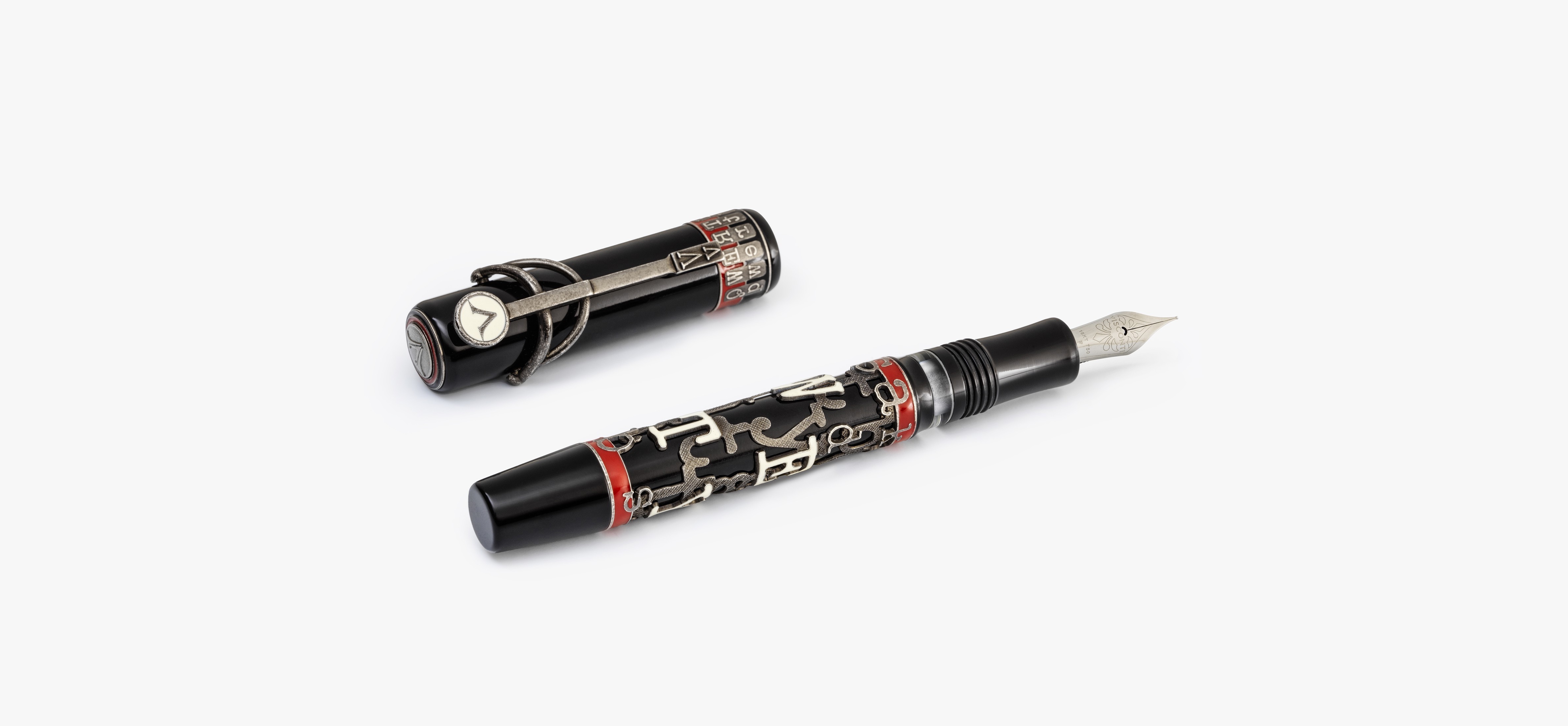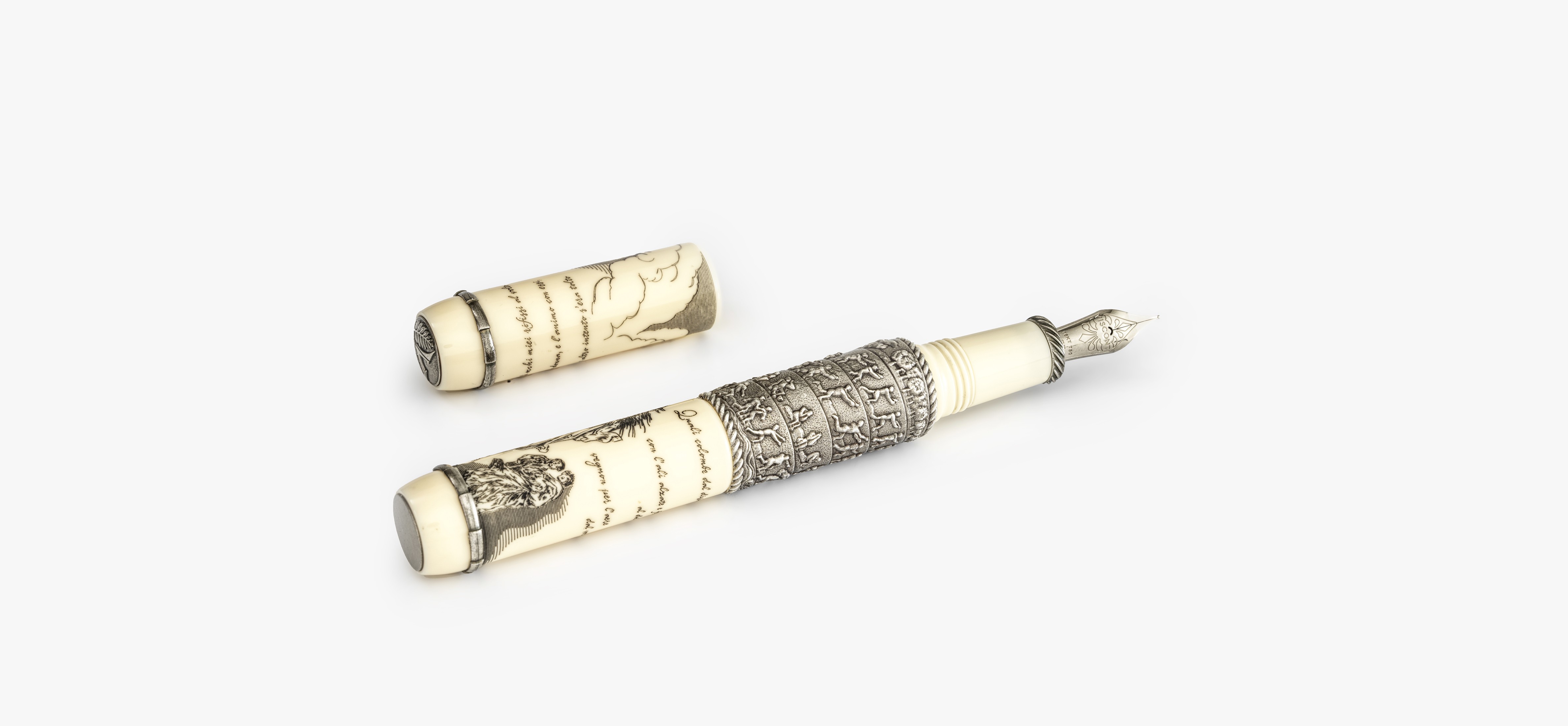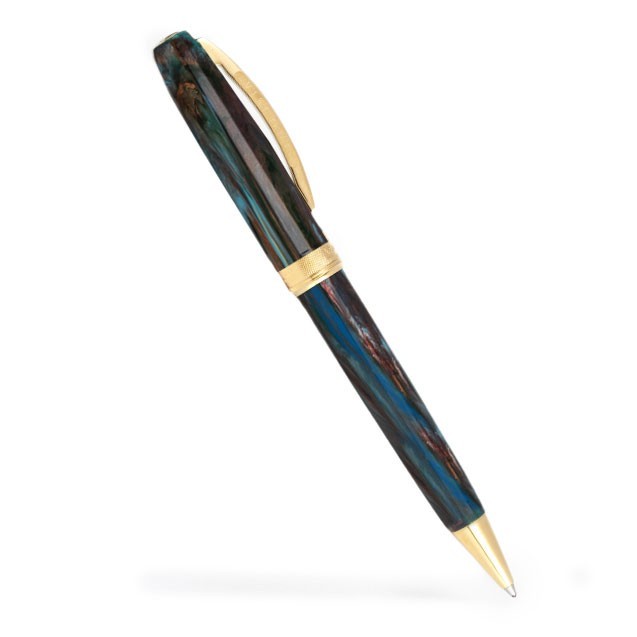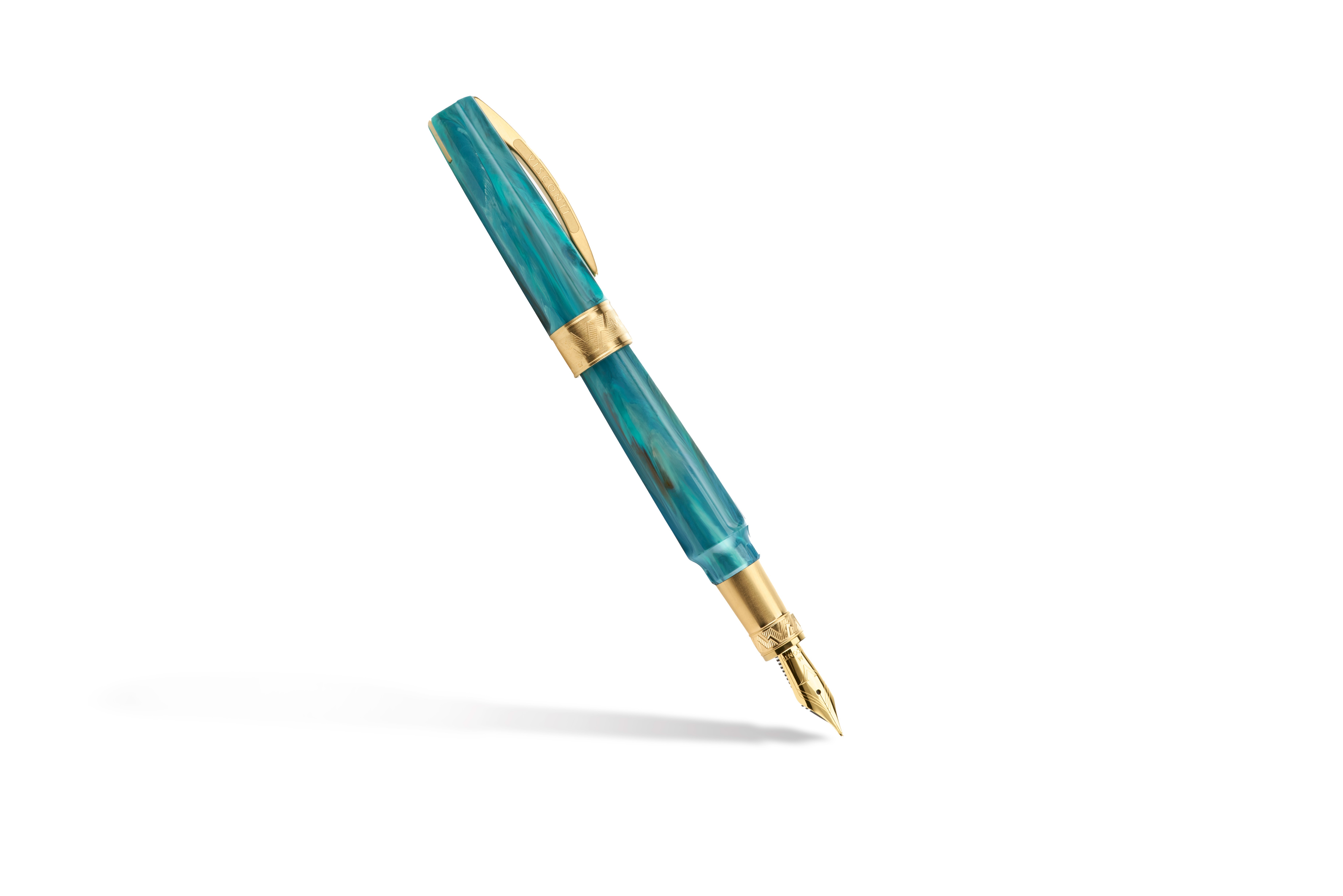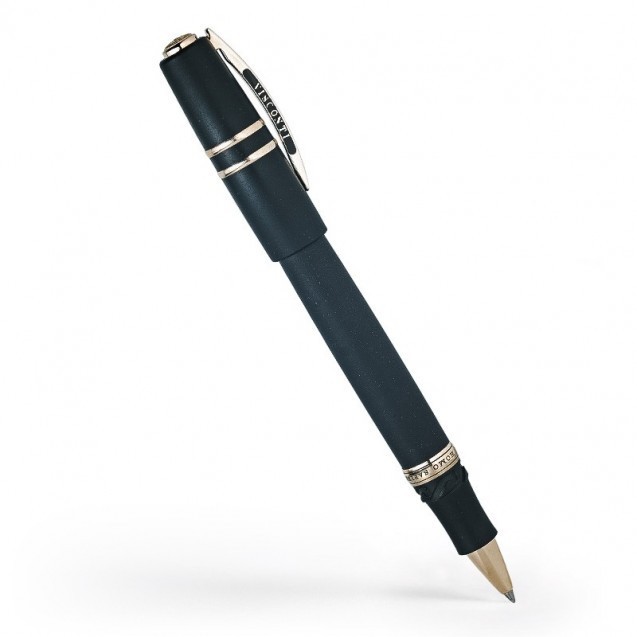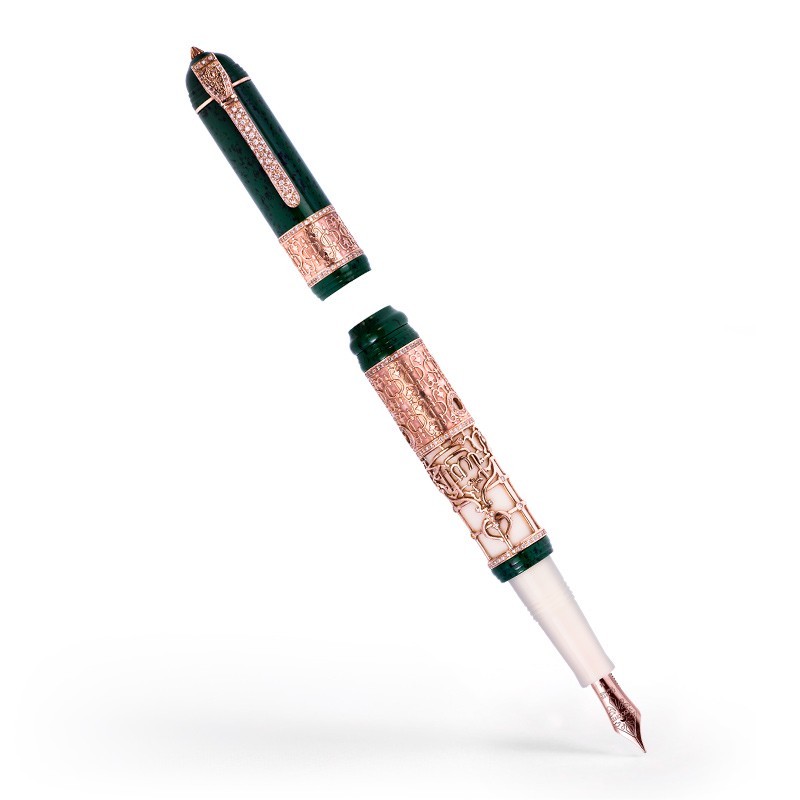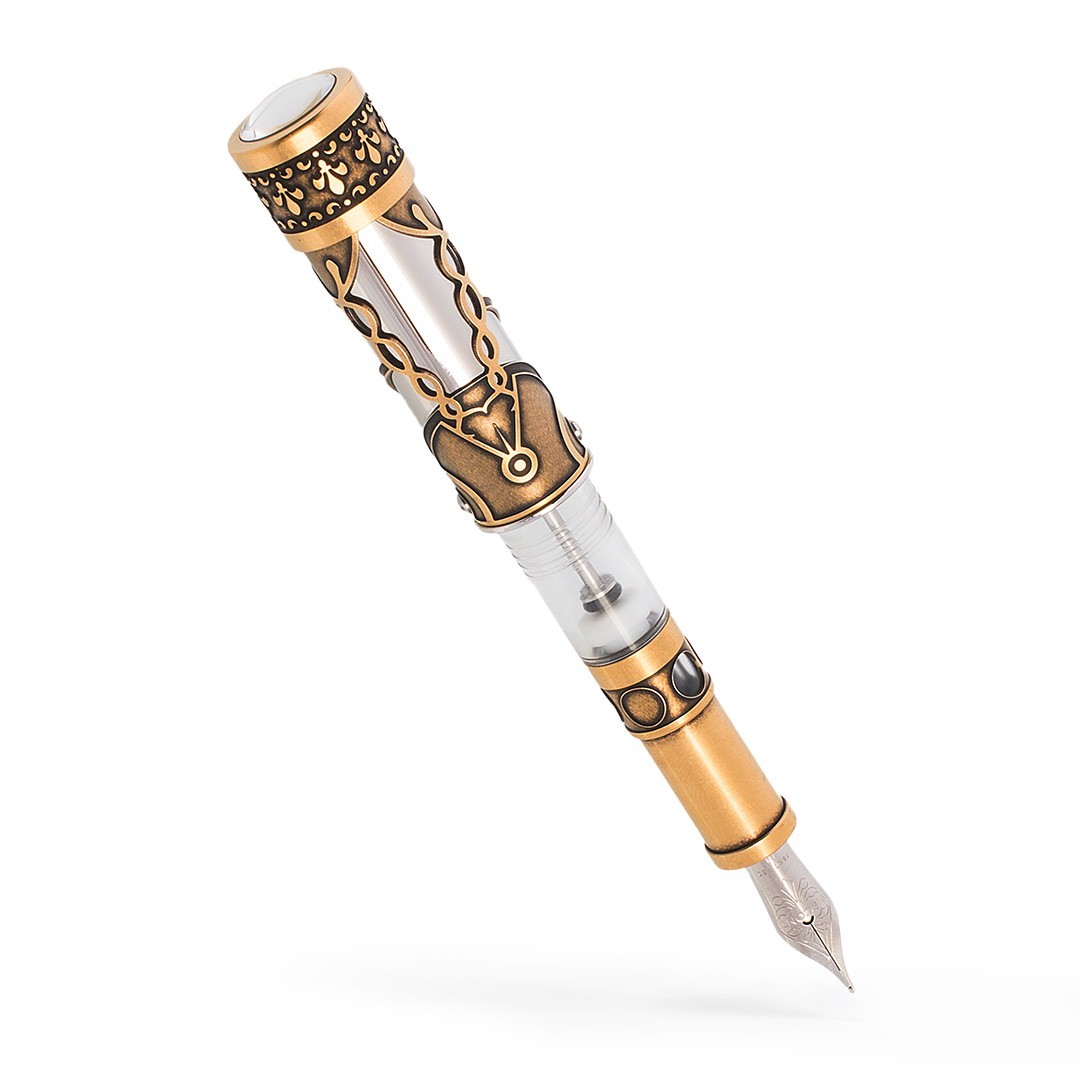The story of the alphabet
ABCs are the first thing we are taught at school. Our memory is jogged with catchy nursery rhymes and pages filled with handwritten letters in lowercase, upper case, block capitals and cursive letters.
In Italy, as in most of the Western world, we are taught the Latin alphabet, which, in essence, has remained unchanged since the years of the Roman Empire. Its origins are long-standing and often not so well known. This is why we have decided to take a brief look at the various stages of its evolution.
The importance of writing
There is no doubt about it: writing on paper or on any other medium, even a digital one, feels like a spontaneous and natural gesture. But communication at the dawn of time was certainly not in written form. Messages were only conveyed orally.
From a graphic point of view, writing is articulated through a series of signs that give life to phonemes or entire words; for this reason, linguistic codes can be subdivided into logographic (e.g. Chinese, Japanese) and phonographic (e.g. Latin alphabet), which in turn can be grouped into linear by syllables and linear by segments. The Latin alphabet belongs to the latter category and is a complete system of vowels and consonants.
Today, the Latin alphabet consists of 26 letters; originally, it only had 20 that were used to reproduce the sounds that existed at the time. Y and Z, for example, became necessary in the Republican era, with the increased influence of Greek culture on the Empire. The W and J, on the other hand, are medieval grafts that were used to transcribe foreign words, especially Anglo-Saxon ones. Finally, the U and V are of Renaissance origin.
From the Ancient Egyptians to the Etruscans
Many alphabets, including ours, have their roots in the culture of the ancient Egyptians and Phoenicians.
Egyptian hieroglyphics (i.e. ‘sacred engraved signs’) were part of a very complex writing system, characterised by both logographic and phonetic peculiarities. In short, each symbol could designate a letter, a syllable or an entire word.
Given the difficulty with which the scribes reproduced the first hieroglyphs, a simplified, purely phonetic system was devised in the 3rd millennium BC: each of the 22 signs corresponded to one and only one consonant. Thus Proto-Sinaitic was born.
The Phoenicians exploited these symbols, simplifying them further and associating them with the sounds of their Semitic language. Greek, Roman, Hebrew and Arabic are the writing systems that derive from the Phoenician one. Later, in the 9th century BC, the Greeks adopted the consonants of the Phoenician alphabet and combined them with vowels, trying to rework the symbols that did not have a corresponding phoneme in the Greek language.
According to experts, therefore, the alphabet we use every day descends from Latin, but passes through Greek and Etruscan. This latter linguistic code was brought to the south of Italy by Greek colonists, and then spread throughout the country as far as the Alps. The first Etruscan writing system, Bustrophedic, had the peculiarity of changing direction at the end of each line, from right to left and vice versa. Later, the Etruscan alphabet crystallised in one direction that went from right to left. This explains why the Etruscan letters, which are very similar to the Latin ones, seem mirrored.
Phoenicians are not only credited with laying the foundations for our alphabet, but are also associated with the history of the Futhark, an ancient parallel alphabet to ours which spread throughout Scandinavia and central Europe, even extending into northern Italy. What were the characteristics of Futhark? What other language system did it develop into? Find out in the second chapter on the history of the alphabet!


